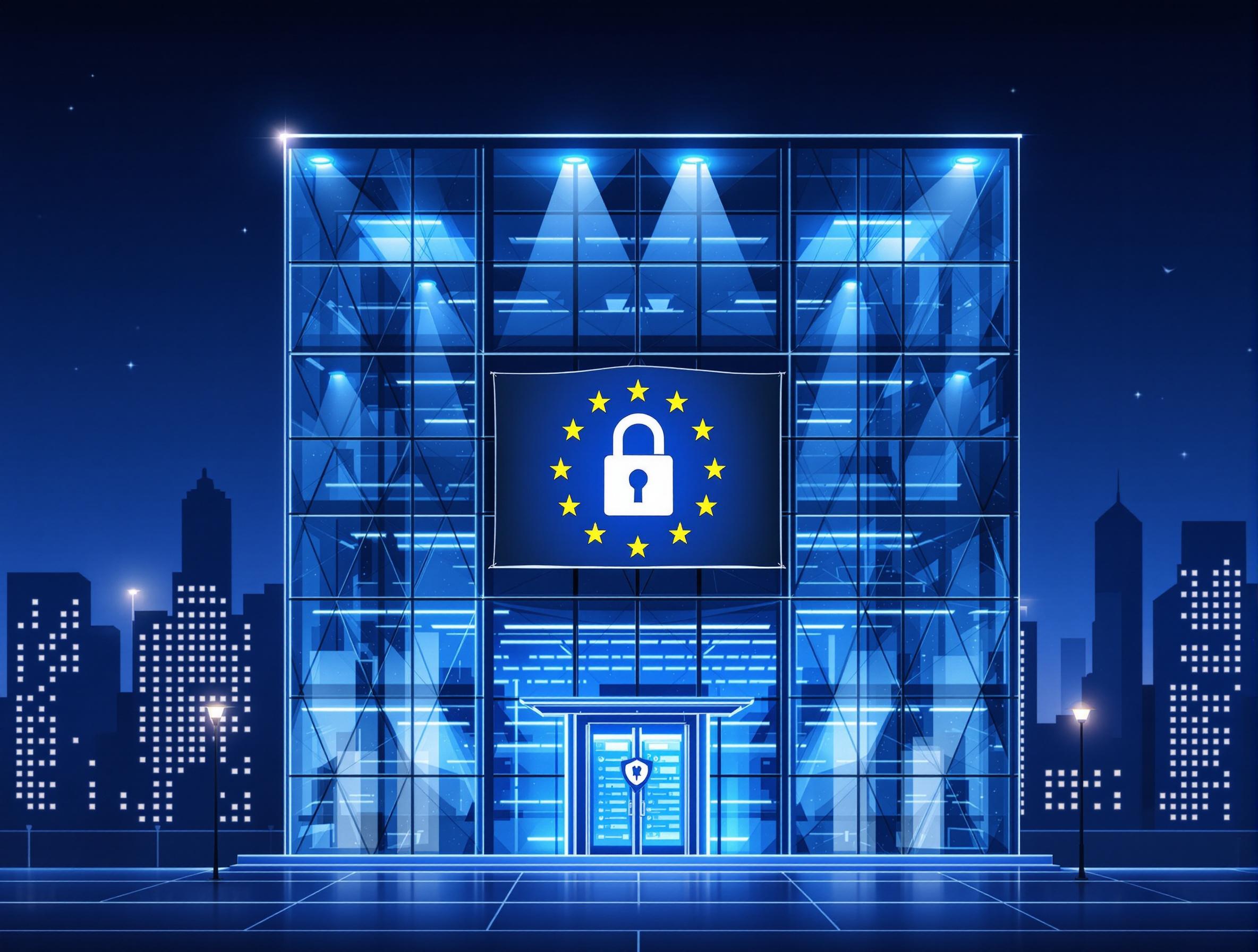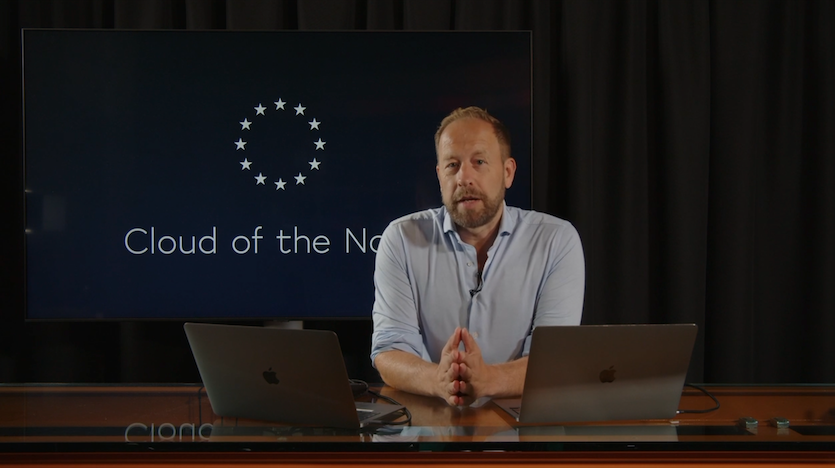What Is Digital Rights Management (DRM) and How Does It Work?
Last updated: 6 January 2024

The use of Digital Rights Management (DRM) has become increasingly significant. Therefore, we have developed this guide, which aims to demystify DRM, explaining DRM meaning, how it works, its benefits, the most common technologies in use, and its diverse applications across various sectors, including Over-The-Top (OTT) platforms, healthcare, enterprise, sports, government, military, and privacy.
- What is DRM?
- How does DRM work?
- Benefits of DRM
- Most Common DRM Technologies
- DRM Use Cases
- DRM vs. Other Security Technologies
- Benefits of DRM for Privacy and Data Protection
- Benefits of Jet-Stream DRM
What is Digital Rights Management?
DRM (Digital Rights Management) refers to a range of access control technologies designed to protect and manage the usage of digital content. It’s a method for content creators, publishers, and distributors to control how their digital media is consumed, distributed, and copied. DRM ensures that digital works such as music, movies, television, and live event streams are used under the rights and terms established by the content provider.
How does DRM work?
DRM works by encrypting content with one or multiple keys, and then offering license keys to control who can access the content under which conditions. This typically includes encrypting the content so that it can only be accessed via specific devices or applications, setting limitations on the number of times content can be accessed or copied, and even controlling geographical access to the content. When a user attempts to access the DRM protected content, the embedded software checks if the user has the necessary permissions to do so by obtaining a license.
Benefits of DRM technology
The implementation of DRM service offers several key benefits:
- Protection of Intellectual Property: It safeguards the rights and revenues of content creators and distributors.
- Revenue Assurance: By controlling unauthorized distribution, DRM helps ensure that revenue streams from content are maintained.
- Customizable Access and Distribution Control: Content providers can tailor access to different audiences, enhancing market segmentation and targeted distribution.
- Legal Compliance: DRM assists in complying with copyright laws and licensing agreements.
Most common DRM solutions
Three DRM tools are widely used today, including:
– Apple’s FairPlay.
– Microsoft’s PlayReady.
– Google’s Widevine.
Digital rights management use cases
Digital rights management finds its application in various sectors:
- OTT Platforms: Protecting films and series from unauthorized access and distribution.
- Healthcare: Securing patient data and sensitive information.
- Enterprise: Safeguarding confidential business data and internal communications.
- Sports: Protecting broadcast rights and exclusive content.
- Government: Ensuring the security of classified and sensitive information.
- Military: Ensuring the security of mission critical and classified communication.
DRM vs. other security technologies
- AES Encryption: Unlike DRM, which controls access to content, AES (Advanced Encryption Standard) is a method of encrypting and licensing. AES encryption is a key component in DRM systems but on its own, it doesn’t include mechanisms for managing rights or access controls.
- URL Signing: This security measure involves creating a unique, signed URL that is difficult to tamper with. It’s commonly used to protect content from hotlinking or unauthorized sharing. While URL signing controls access to content, it doesn’t provide the comprehensive usage rights management that DRM does, but can be useful in many use cases where DRM is too costly, too complicated, or too limiting.
- Similarities: Both DRM and these technologies aim to protect digital content. They often work together, with DRM incorporating AES encryption for content protection and URL signing for secure content distribution.
- Differences: The main difference lies in their scope and functionality. DRM provides a broader range of controls over how content is used and distributed, while AES encryption and URL signing are more focused on access security and content integrity. There is no better choice: each technology should be considered per use case.
Benefits of DRM for privacy and data protection
Digital Rights Management (DRM) offers significant advantages for privacy and data protection in today’s digital landscape:
- Controlled Access: DRM technology restricts access to sensitive digital content to authorized users only, thus, reducing the risk of data breaches and unauthorized sharing.
- Encryption: It typically involves encrypting content, by adding an extra layer of security to keep data safe and unreadable without proper authorization.
- Audit Trails: DRM systems can track user activity, creating records of who accessed what content and when, aiding in compliance and security monitoring.
- Data Integrity: By limiting the ability to alter content, DRM tools ensure the integrity of sensitive data, crucial in areas like legal, scientific, and governmental fields.
- Customizable Security: DRM protection allows for tailored security protocols, enabling organizations to match the level of protection to the sensitivity of their data.
- Regulatory Compliance: DRM helps organizations comply with data protection regulations like GDPR by providing robust mechanisms to safeguard personal data.
- Consumer Trust: The use of digital right management in services enhances consumer trust, as it shows a commitment to protecting user data and privacy.
Benefits of Jet-Stream DRM
Jet-Stream’s implementation of Digital Rights Management (DRM) offers a comprehensive and flexible solution for protecting digital content, suitable for a wide range of use cases and devices. Here are the key benefits:
1. Supports All DRM Technologies
Jet-Stream supports a full spectrum of DRM solutions, ensuring compatibility with various content types and consumption platforms. This universal support extends to AES encryption and URL signing, providing a robust defence against unauthorized access and distribution.
2. Vendor-Independent Solution
The platform’s DRM tool is vendor-independent, offering flexibility and freedom from being tied to specific providers. This allows users to choose the best technologies and services that fit their unique needs.
3. Ease of Use
Jet-Stream’s digital rights management technology is designed to be user-friendly. Its straightforward implementation ensures that users, regardless of their technical expertise, can easily integrate and manage DRM for their content.
4. Comprehensive Streaming Workflow Integration
We offer an extensive range of streaming workflow solutions that seamlessly integrate with our DRM services. This includes encoding, transcoding, packaging, origin hosting, multi-CDN, player, and streaming analytics. Such integration simplifies the streaming process, making it more efficient and effective.
5. Wide Device Coverage
With its support for all DRM technologies, Jet-Stream’s solution covers a vast array of devices, ensuring that content is securely delivered and accessible on any platform, from smartphones to smart TVs.
6. Enhanced Content Security
The combination of DRM, AES encryption, and URL signing provides a multi-layered security approach. This ensures that content is not only protected from unauthorized use but also remains secure during transmission and access.
7. Scalability and Reliability
Jet-Stream’s DRM technology, combined with its streaming workflow services, offers scalability and reliability, catering to both small-scale content providers and large-scale broadcasters.




